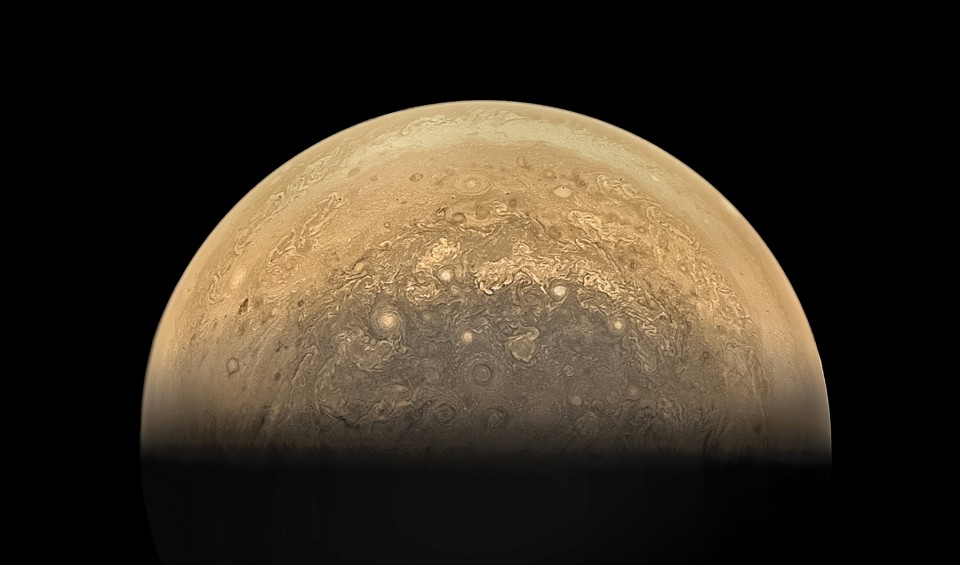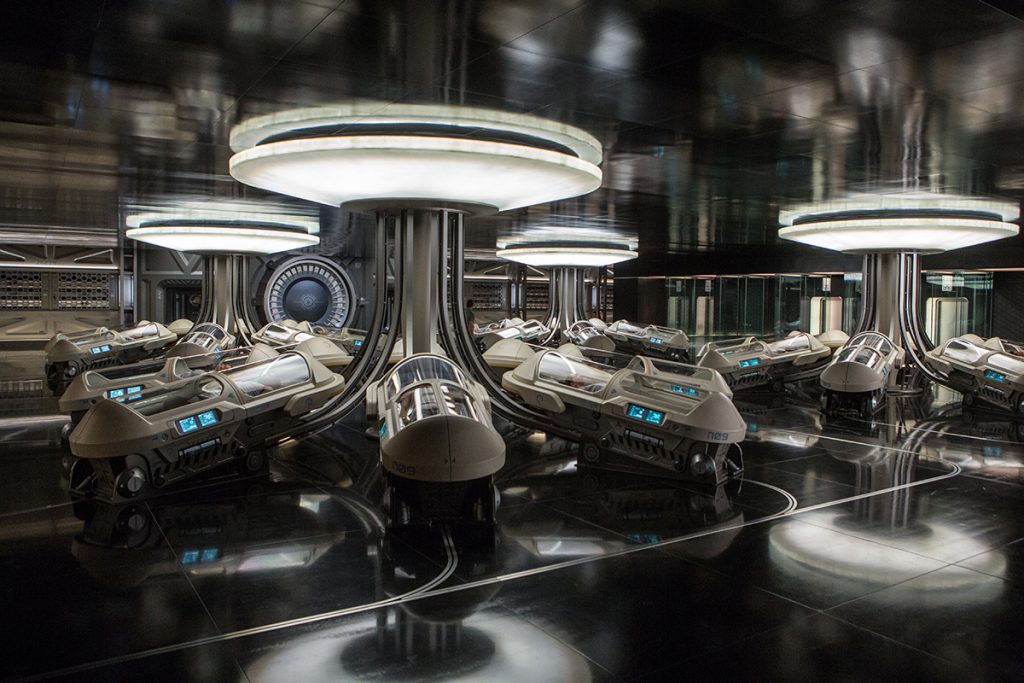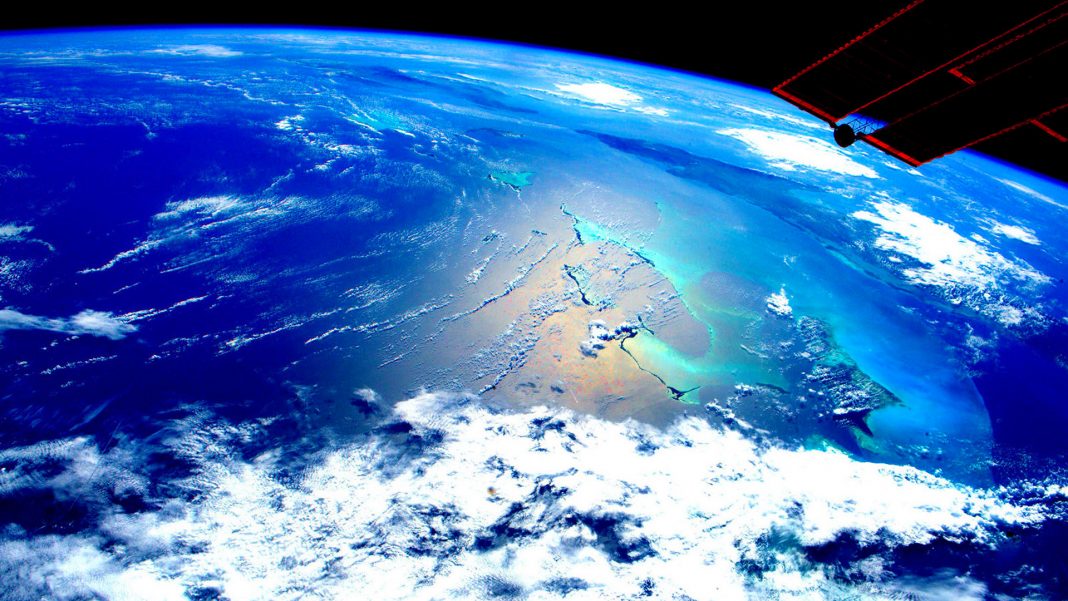Exploring planets is never an easy task, and a lot of that’s due to how far away they are from us. Their dense and swirling clouds also make it difficult to get a good look at them, as does their intense radiation and strong gravity levels. Despite all of this, scientists are under the understanding that Jupiter does have a solid core and this theory ties in with existing theories of how the solar system and everything in it formed in the first place.
Jupiter is made up mostly of gaseous and liquid matter with an upper atmosphere composed of around 88-92% hydrogen and the remainder helium regarding volume gas molecules. There are also trace amounts of water vapor, ammonia, methane, and silicon-based compounds, carbon, neon, oxygen, and others. The outermost layer of the planet also contains frozen ammonia crystals. Jupiter’s interior is a slightly different composition with around 71% hydrogen, 24% helium, and 5% other elements of mass.
Scientists have always described Jupiter’s core as being rocky and made up of a dense mix of elements. This idea is supported by models of a planetary formation that indicate how it would have been necessary to have a rocky or icy core in order to collect all the hydrogen and helium it has. Most of the planet’s mass is leftover material from the formation of the Sun, hence why it ended up with twice the mass of the other planets.
The Juno mission launched in 2011 and was designed to gain a much deeper understanding of the planet including its interior, atmosphere, gravitational field, and magnetosphere. On the 4th July 2016, Juno had achieved orbit around Jupiter. Since then, the probe has been passing back and forth between the northern polar region and the southern polar and will continue to do this until February 2018. It is then that Juno will de-orbit and burn up in the planet’s outer atmosphere.
Scientists are hoping all of the data gathered from the mission will help us a gain a deeper understanding of Jupiter’s interior, atmosphere, magnetosphere, and evolution. But until we get all that information back and have a chance to analyze it we still can’t say for certain of Jupiter’s core is solid. For now, we can only speculate.
More News to Read
- Are You Ready to Wire Your Brain to the Internet?
- AI Will Take Your Job Away? Try to Learn These Programming Languages
- Europe Takes Quantum Computing to the Next Level With this Billion Euro Project
- Can a Video Really Teach Artificial Intelligent Common Sense?
- Climate Change is Real – Climate Change is Here











